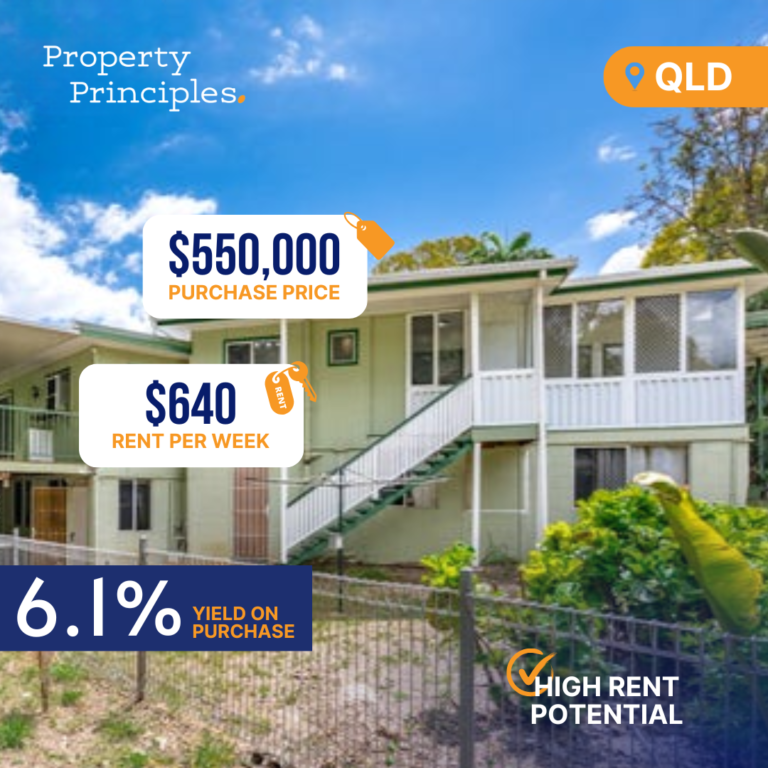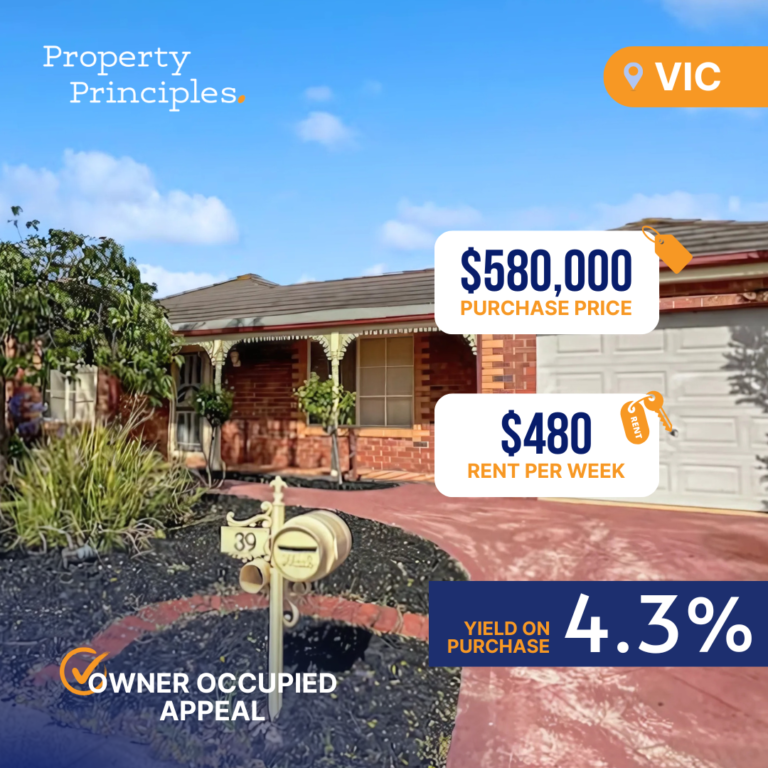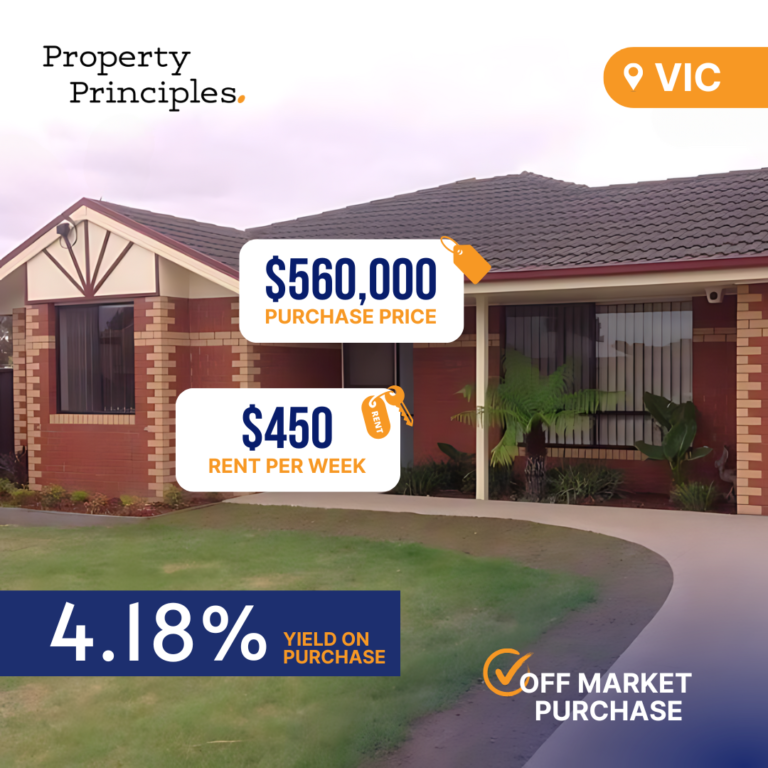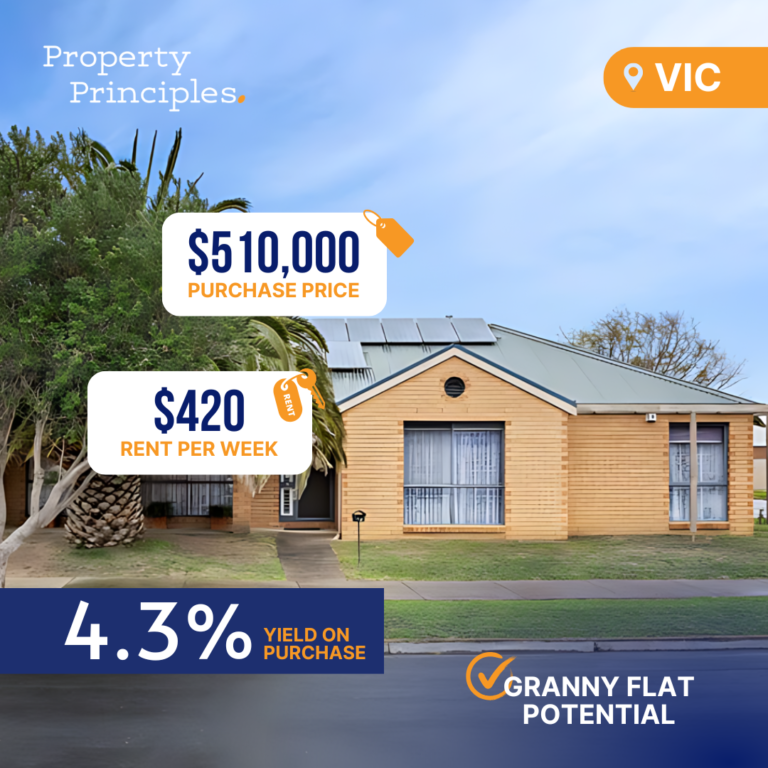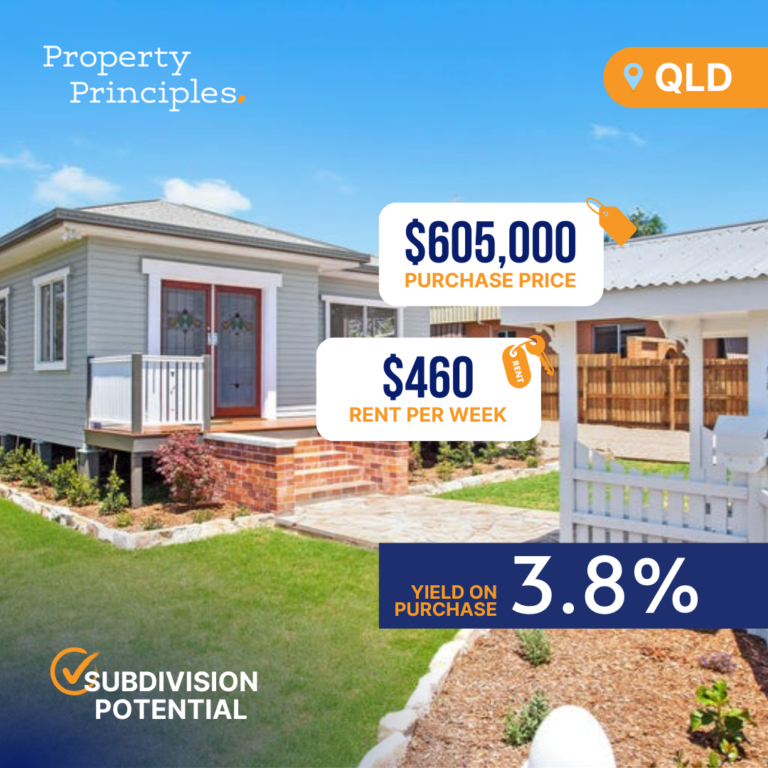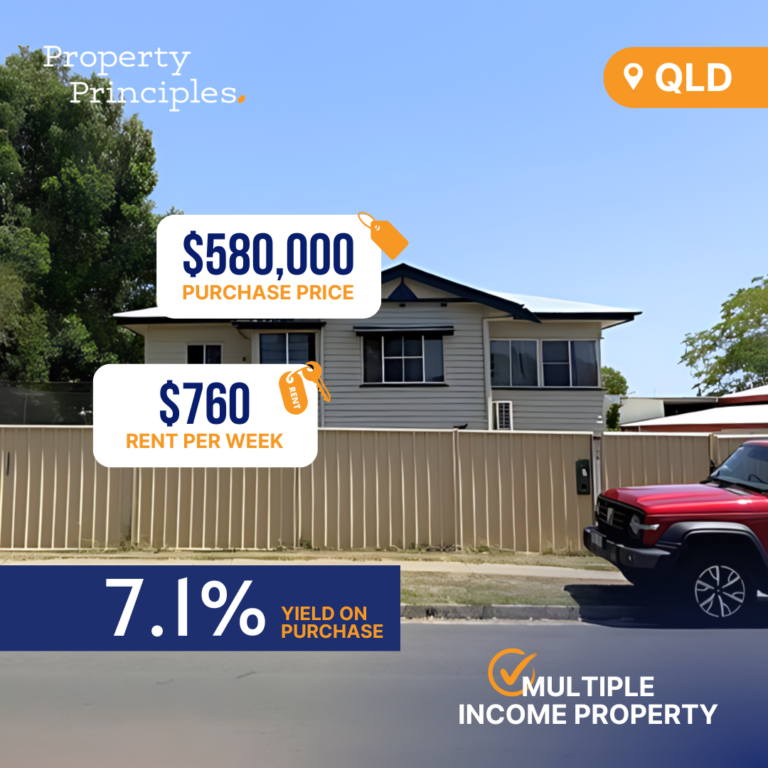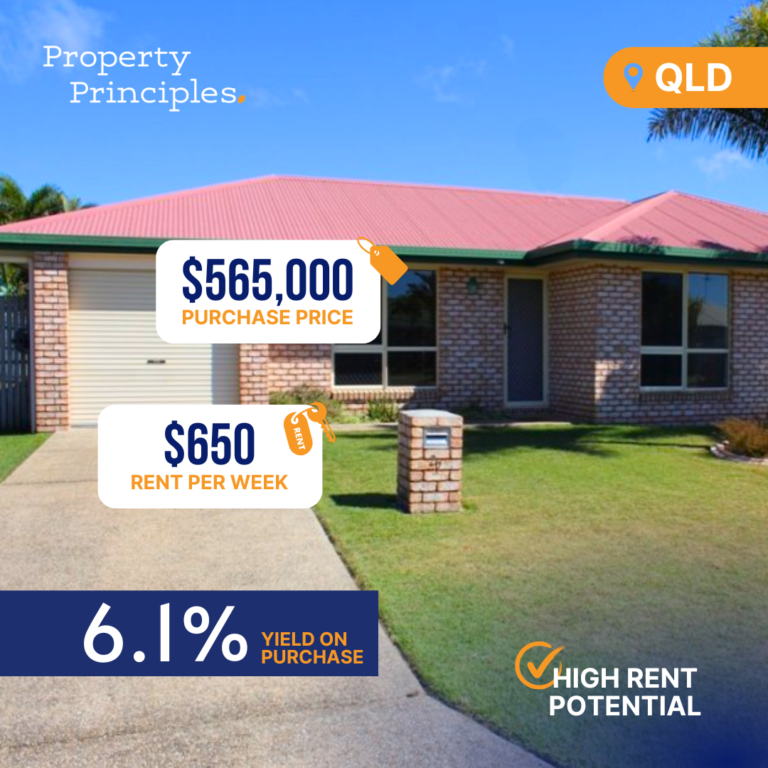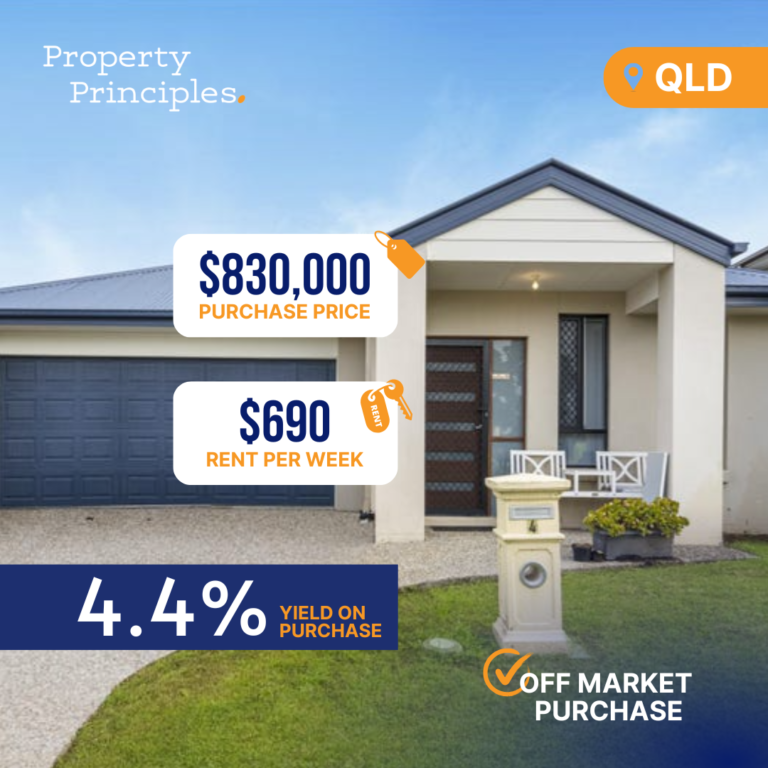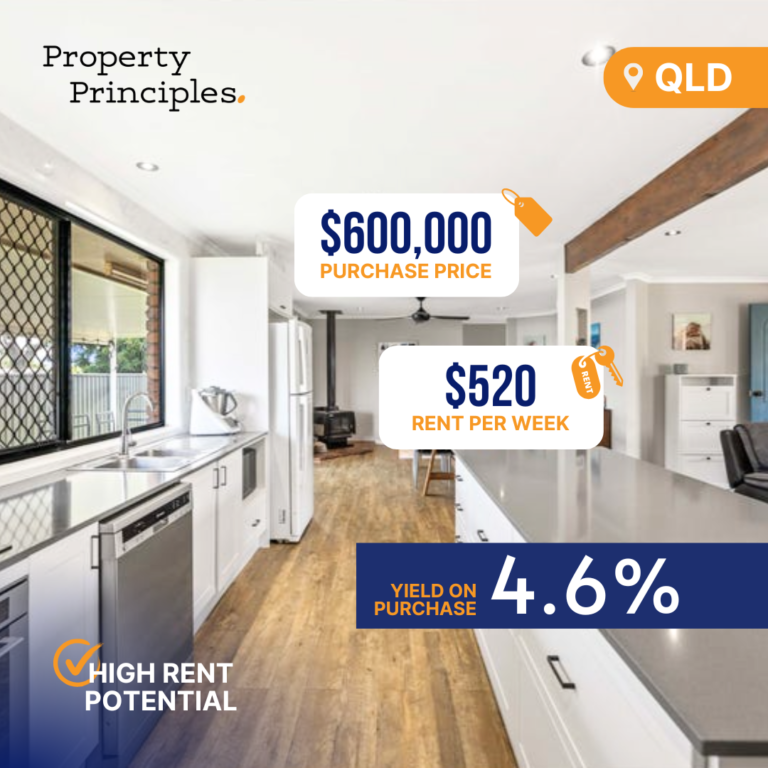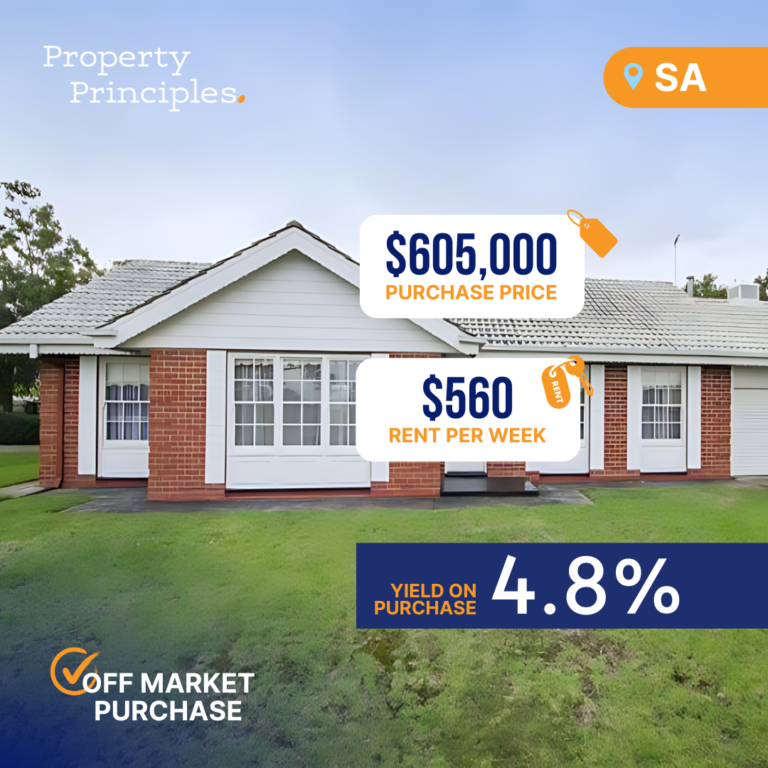Are you curious about the current financial stability in Australia’s housing market? You might be surprised to learn that according to the latest Financial Stability Review (FSR) from the Reserve Bank of Australia (RBA), approximately 13% of mortgage holders are spending more on essentials and mortgage repayments than they earn. This is a substantial increase from around 5% before the RBA’s first rate hike in May 2022. But, before you start worrying for these homeowners, let’s take a look at the flip side of the coin that is often overlooked: renters.
As it turns out, financial stress is more likely to occur and be more frequent for renters than owner-occupier households, according to the RBA FSR. So, why is this the case? Generally speaking, households that rent have lower incomes and substantially lower savings compared to mortgage-holding households. Plus, rents have significantly increased over the past 18 months.
To put things into perspective, let’s look at some statistics from the CBA and Roy Morgan’s 2023 Wealth Report. Renters, unfortunately, have been falling behind homeowners in terms of wealth accumulation. Between March 2020 (pre-COVID) and March 2023, Australia’s wealth climbed by 7.0%, mostly driven by an impressive 43.2% increase in the value of owner-occupied residences. This growth took their value from $4.16 trillion to $5.95 trillion.
The wealth distribution in Australia is also heavily skewed towards homeowners. Half of the population, predominantly homeowners, account for a whopping 95.4% of Australia’s net wealth. Now, let’s compare this to the bottom half of the population, which largely consists of renters. Although their wealth share did improve, it only went from 3.6% to 4.6% – still far behind homeowners.
The primary reason behind these disparities is that renters tend to be poorer and have lower wages. As a consequence, rising rents impact them more than rising mortgage repayments do homeowners. Additionally, homeowners have the advantage of being able to sell their property, walking away with significant capital gains, an option that renters simply don’t have.
It’s also worth noting that when the RBA decides to cut interest rates, mortgage holders stand to benefit, while renters may not experience any relief. Rent prices rarely ever decrease, leaving renters to continue feeling the pinch of high living costs.
Given the ever-widening gap between homeowners and renters, it’s essential to keep an eye on this trend, as financial stress can have considerable implications for the overall stability of the economy. Policymakers should explore ways to address this growing disparity and provide relief for renters struggling with high living costs, while also ensuring that the housing market remains healthy and sustainable for all.
In summary, while mortgage holders may be feeling the strain of increasing expenses, it is renters who are disproportionately suffering amid rising costs and financial instability. This is a concerning trend that, if continued, can have significant implications for an equitable and thriving society. It’s time to shift our attention and focus on finding viable solutions that support renters and address this growing divide in Australia’s housing market.

